Your donation will support the student journalists of Kennedy High School - IA. Please consider making a small donation. All funds will be used to support Kennedy Journalism and the work we do for the community. Check out our Flickr @ https://www.flickr.com/photos/kennedytorch/
Kennedy’s Clubs: A History
March 6, 2023
K
ennedy students have always been involved. Whether they were traveling to hospitals in 1967 or making boo-grams in 2023, participation in clubs and activities has been a staple of many students’ lives. While those clubs may have looked different 55 years ago, the impact they had on others remains large.
Letterman Club
W
hen you think about sports funding at Kennedy, often your mind will wander to student athletes’ parents. Those who work concessions during basketball games, volunteer at Kingston Stadium during football season and time races for track events. While parents may be large contributors now, when the school opened in 1967 the responsibility of fundraising fell to the varsity student-athletes.
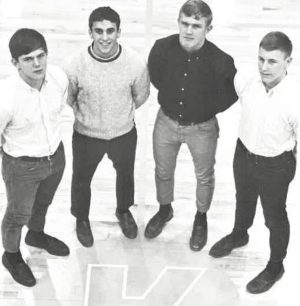
Letterman Club, later called K-Club, was a program run by the first athletic director at Kennedy, Don Shupe. It was an opportunity for athletes with a varsity letter to raise money for their activity. The volunteer work ranged from holding fundraisers to more of what we see from parents today.
“We wanted to provide service to Kennedy,” 1972 club president Randy Krejci said. “We really tried to raise money because the school district didn’t have enough for all of us.”
The club ended after Shupe left the school and parents took over, forming what we know to be the Booster Club.
“When athletic directors changed the club just kind of died out,” Krejci said. “It’s sad because it was something we really enjoyed and it really helped all of our programs.”
Having any sort of Letterman Club be reinstated is up to the athletes at Kennedy today and the current athletic director Aaron Stecker. If it were to return and continue to raise money, who’s to say expensive sports like competitive gymnastics couldn’t make a comeback at Kennedy?
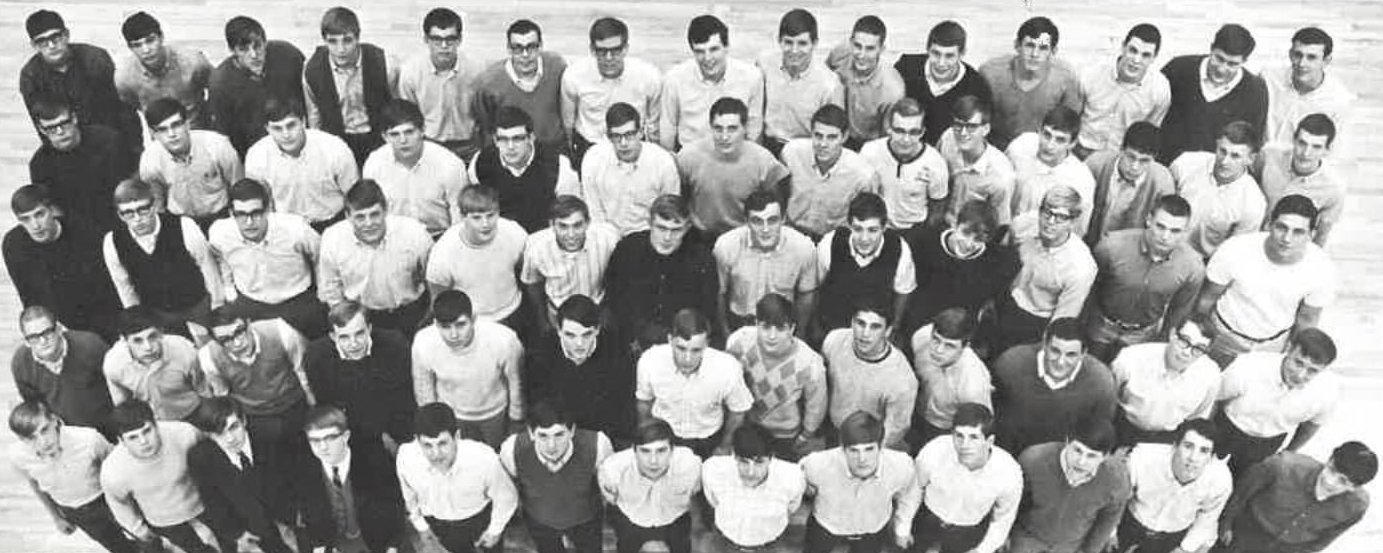
Experience-Based Clubs
I
n the 1960s and 70s, real-world experience was emphasized at Kennedy in the form of clubs and programs that took students to get on-the-job training from professionals in their chosen industry. There were a variety of practices covered such as health careers, trades and office jobs.
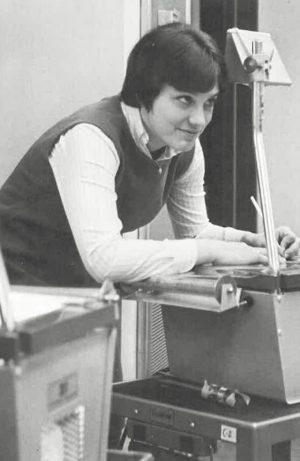
The Trade and Industry Cooperative Education Program was a school-run program in which students were taken out of class for the last half of the day and worked with a professional of a certain trade or learned how to run a business. Students received financial compensation for their work as well as school credit based on performance assessments completed by their mentors.
Kennedy had multiple clubs where students earned credit by working after school for pay, occasionally supervised by a club sponsor. Office Education Club was one of these, providing job opportunities in offices, schools and within the government. It was an attempt to equip students with the necessary skills and experience to gain a white-collar job in the real world.
Distributive Education Club (DE) was another for-credit afterschool program, allowing students to go work manual labor jobs in areas like construction, sales or mechanics. DE was meant to promote making a living doing necessary jobs most don’t aspire to have.
The last of these programs was a class called Health Careers. Students took it for multiple years, sitting through lectures from both their teacher and guest speakers about the medical industry in hopes of being allowed to assist medical professionals during their senior year.

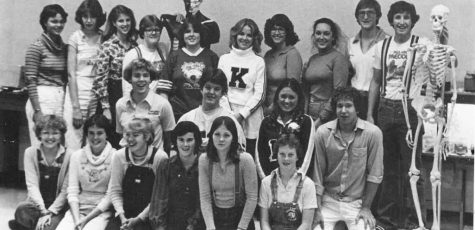
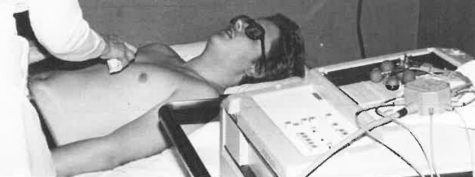
All of these classes were available until the late 70s and early 80s as core classes and in-school instruction became a constant expectation and college was seen as a requirement for all. Today there are opportunities through Kirkwood for job shadows and unpaid internships, however, the experience is far more limited. Students lost the opportunity to gain job experience through school, preventing today’s youth from jumping into trades of choice after finishing high school.
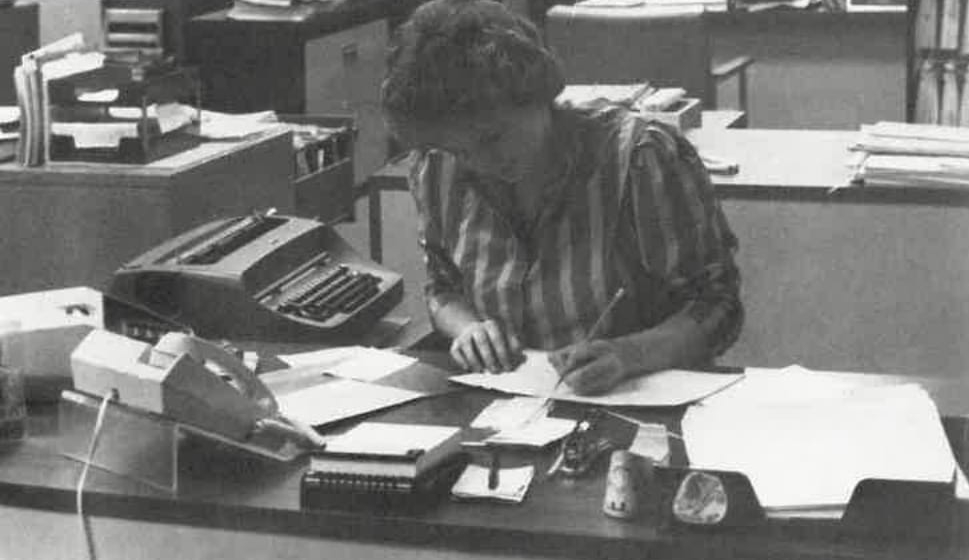
School-Oriented Clubs
K
ennedy has always had a reputation for having a welcoming, enthusiastic student body with school spirit to spare. Since its opening, Kennedy has left a lasting positive impression on the Cedar Rapids community with clubs that worked to make others feel excited and appreciated.
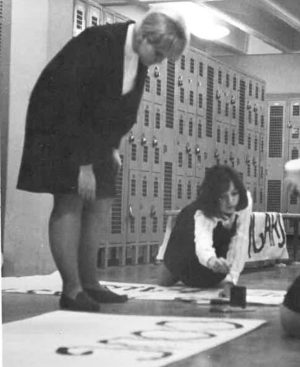
While today we know about Key Club and Kinder Kennedy, we used to have a different set of groups. Responsible for community volunteering was the Community Action Club, assisting with anything from Cedar Rapids businesses in need of manual labor or busy work to raking the lawns of elderly people.
Welcoming students to Kennedy fell to the Courtesy Club. The goal of the Courtesy Club was to make all feel included in Kennedy culture. The Courtesy Club organized a student welcome day at the beginning of the year and met after school with the special needs students during the rest of the year.
The final school-oriented club was Pep Club. The Pep Club was in charge of getting the student body excited and raising school spirit. The group would hang posters around the school for different events, come up with spirit days and cheer with the early Kennedy Pom Poms.
Kennedy has made an effort throughout its years to make others feel welcome, old clubs evolving into what the student body knows today. Kennedy’s positive reputation is not new, established in 1967 along with the school itself.